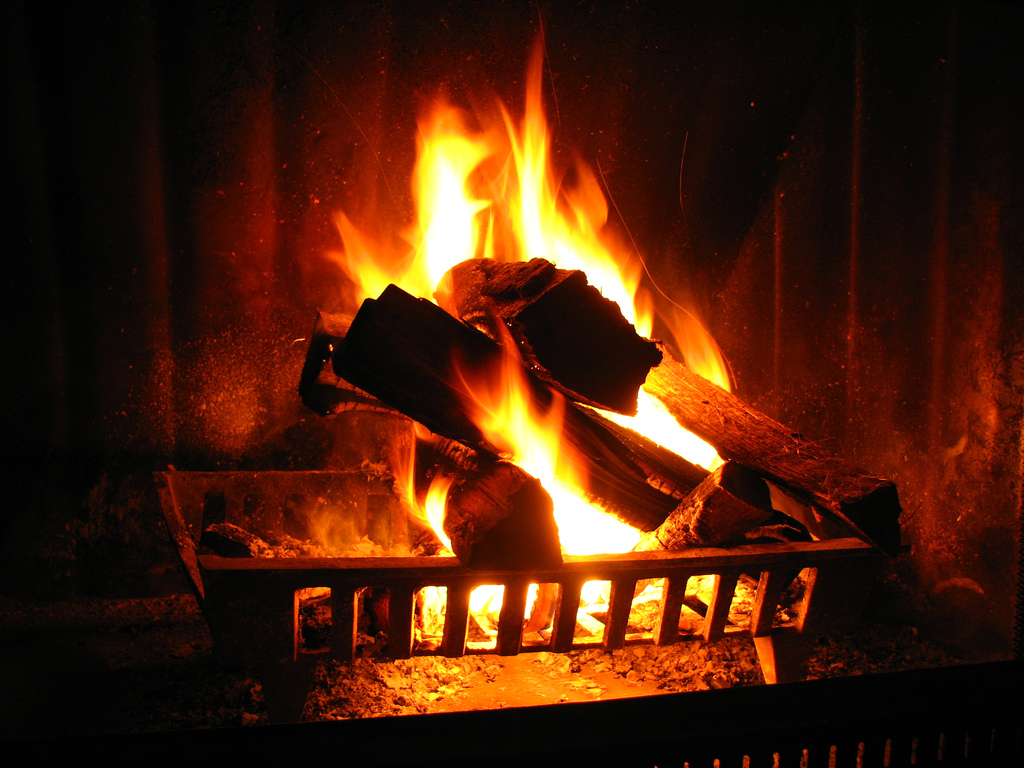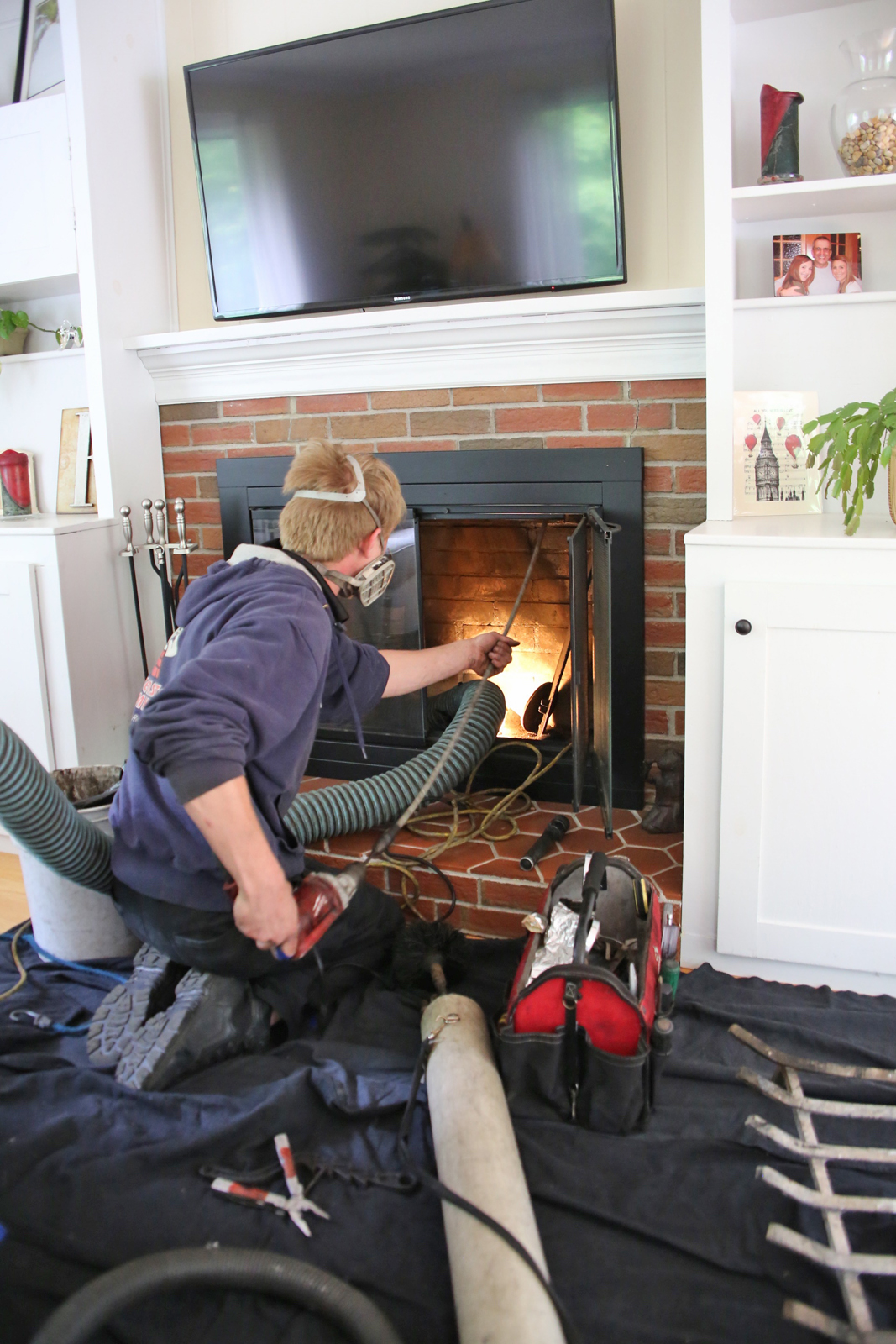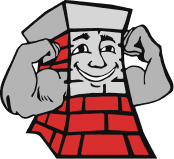How Your Chimney Really Works
A fireplace that provides warmth and ambiance with no unwanted side effects is such a pleasure in winter. You may never even think about how your chimney works until smoke from fires is suddenly coming into your home, which is known as “backdrafting.” A smoky fireplace is a sign that something has gone wrong, and a number of things could be the cause. Smoky fireplaces are often the reason chimney sweeps get calls for chimney repair. When you understand how your chimney works, you may be able to identify what the problem is yourself.
 What Makes Smoke Go Up the Chimney?
What Makes Smoke Go Up the Chimney?
Science is behind the proper operation of chimneys, and it’s sometimes also the reason things go wrong. Chimneys are designed to remove the toxic combustion byproducts from a fire into the out-of-doors. The hot air created by fires is lighter than cooler air and, therefore, it rises, creating the draft. A hotter fire creates a stronger draft, just as a smoldering fire often results in toxic fumes going into the home due to the lack of proper draft.
What Affects the Chimney Draft Besides Air Temperature?
The following are things that can also affect the chimney draft, in addition to the hot air from fires.
Negative Air Pressure
Airflow is going on constantly and relates to inside air pressure. Balanced air pressure in a home occurs when air flows into a home at an equal rate to air flowing out of the home. All of the warm air that flows out of your chimney is replaced by air that’s cooler and heavier. If your home is sealed so tight that air can’t be pulled into the fireplace, you may not be able to get a strong fire burning unless you open a window.
If it has too many gaps where air flows in and out, your home can begin to operate like a chimney, pulling the warm air up to the attic and pushing it out. This type of energy inefficiency can result in very high energy costs.
Running the exhaust fan in your kitchen or bathrooms could also create negative air pressure that affects the operation of your chimney.
Chimney Height
It’s essential that a chimney builder or installer understands principles related to chimney height. A chimney can be too short or too tall to operate properly. There are various parameters that experts are familiar with which dictate the ideal height of a chimney. For example, the chimney stack on top of the roof must extend at least 3 feet above the point where it penetrates the roof.
Flue Size
The flue is the liner inside the chimney that protects combustible parts of the home from the hot temperatures and toxic fumes inside it when fires are burning. The width of the flue must be a certain ratio to the size of the fireplace opening. A flue that is too big will pull too much air out of the home, causing a loss of heat. A too-small flue doesn’t allow combustion gases to exit quickly enough, resulting in unhealthy, smoke-filled air in the home.
 Chimney Obstructions
Chimney Obstructions
When the flue is blocked, the obstruction interferes with the draft, resulting in a smoky, backdrafting appliance. Chimney obstructions can be caused by a dirty flue with excess creosote buildup, animals, birds’ nests, debris from trees, and masonry materials from chimney deterioration.
Contact Northeastern Chimney for a Chimney Diagnosis
When a chimney doesn’t work correctly, it’s important to schedule a chimney inspection and chimney cleaning without delay. Trained, certified chimney sweeps know what to look for, as far as the causes of potential chimney damage and a poor draft. In West Hartford, CT, Northeastern Chimney is the place to call if you want knowledgeable chimney technicians to evaluate the condition of your chimney and provide expert repairs. Contact the professionals at Northeastern Chimney today by calling (860) 233-5770.


